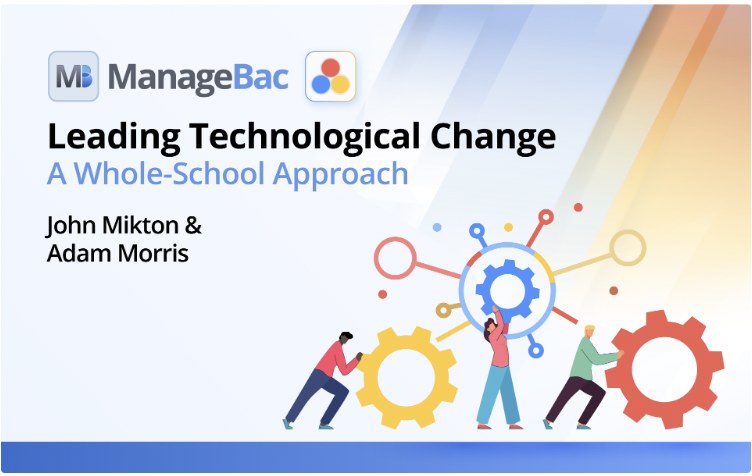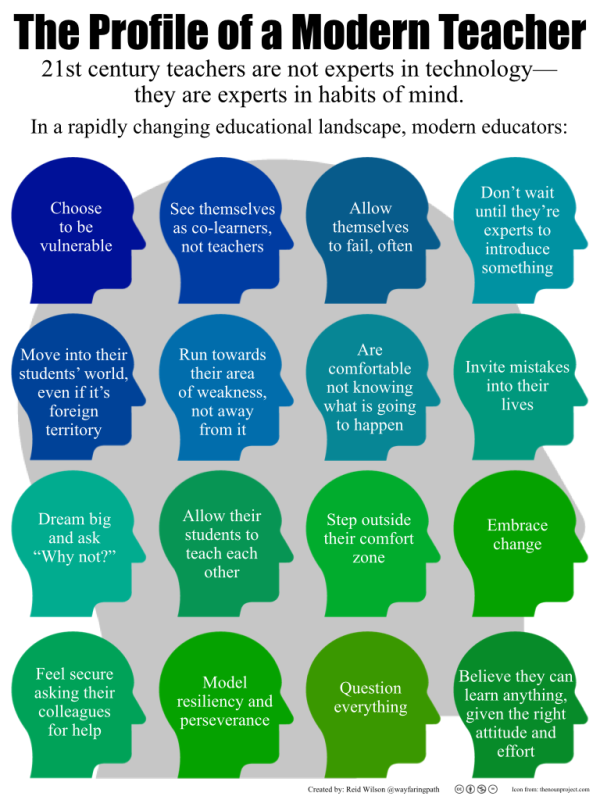 There is a belief that children nowadays are natural, “Digital Natives”, and that we adults on the sidelines are “Digital Immigrants”. The dexterity and comfort many children demonstrate when interacting with digital devices and social media tools generates this image of them being “naturals”. This in turn contributes to the sense of disconnect between the so called “Digital Natives” and “Digital Immigrants”.
There is a belief that children nowadays are natural, “Digital Natives”, and that we adults on the sidelines are “Digital Immigrants”. The dexterity and comfort many children demonstrate when interacting with digital devices and social media tools generates this image of them being “naturals”. This in turn contributes to the sense of disconnect between the so called “Digital Natives” and “Digital Immigrants”.
In reaction to this sense of disconnect and divide, educators often restrict access to technology, keep the screens out of the classroom, or tightly dictate the parameters of its use on their own terms. This is often done in an effort to dampen the disconnect we feel when trying to understand the students’ perspectives.
Often, parents and teachers express a sense of having to “catch up” or “keep up” with children’s adeptness at using digital tools and environments. There is a feeling that a race is on, and somehow as adults we have the odds stacked against us.
Children are not born digital natives, they are born digital consumers. A child’s first encounter with digital devices and environments will be framed by their parent’s digital use: a mom walking with the stroller whilst talking on her phone, listening to her music player, or checking a social media post; a father texting while giving his child a bath; parents watching a video on their tablet, searching on their phones as they feed their child, checking email or wall posts while their kid watches from the stroller at a restaurant. These daily routines are part of our growing fractured attention – being here but actually somewhere else. This behaviour quickly frames the context and role of the devices in our relationships, as well as their role in communication and day to day actions. Children from a very early age are the audience to our digital behaviors. Children start constructing their own understanding of digital devices and their role in response to our actions. They use this experience as a guide, most often subconsciously at a young age, and ultimately frame their own interactions based on what they have seen.
As children start interacting with the digital devices, be it on their own or with ones shared by a sibling or parent, they are in consumption mode. This consumption often becomes the source of their relationship with these digital devices and ecosystems – playing a game, watching a video, chatting, posting, and searching. Often the experience can be a solitary one, disconnected from physical reality. The device becomes a babysitter, a tool to give parents a break, or an opportunity to allow us to have a split attention.
Yes, so-called digital natives are very adept at using devices and quickly working out the tools they provide. The strategy is one of press, try, press, click, try again. They have a sandbox mentality when it comes to exploring technology. Anything is okay, as long as the child is making progress. It is this blind capacity to forge ahead, try, and try again with a fail forward philosophy that throws us off as adults. For many of us, the point of reference is a more linear approach to problem solving, working sequentially and sometimes with more hesitation than blind confidence.
This difference should not be our exit card from the need to engage with children and digital device use. We as adults have a responsibility to be active participants in the digital device journey of children, both at home and at school. We have a responsibility to choreograph concrete strategies where we become active participants and guides. This starts with us understanding and being mindful of our own use, and how digital devices are tethered to our day to day workflows. We need to consciously reflect on how our own behaviors frame the context of digital device usage for our children.
The social media and digital ecosystems we have are the environment of our age. Throughout time there have been repeated instances where new technologies come into play, and a generation gravitates to these. This divide between the current generation of users and adults is one that has occurred time and time again – with the telephone, the radio, and television, just to name a few. The process of learning and adapting to these new cognitive interactions is part of being human. We frame our use of technology on human emotions, understandings and aspirations. Our role as mentors, educators and parents is to nurture these human emotions, as well as the aspirations of our children, as active partners.
As adults, being a proactive partner in learning with a child creates a rich opportunity for both to understand the shared experience. The partnership provides language development through the conversations between the adult and child. Unpacking the context together and developing an ability for questions and comprehension is part of the process we use to construct new understanding. For adults these are precious moments. With our own development of this relationship, we scaffold a vital critical thinking experience for the child. This gives us a unique opportunity to understand the child’s experience. Throughout the ages, the sharing of knowledge and experience between adult and child has been an essential part of the building blocks of relationships between different generations.
Moving kids away from a consumer model with digital devices requires guidance and inspiration. What they are doing and how is more important than what digital device they are using. As adults, we can curate these experiences and provide inspiration by modeling less of a swipe and point consumption philosophy. By doing so, we would encourage children to engage with critical thinking skills through creative content and inspire them to get excited about creative problem solving.
With our society’s nearly ubiquitous access to digital devices, why have we as adults disengaged with the changes? Is our own digital consumption numbing our ability to find inspiration? Parenting is still parenting, be it in an online or offline environment. Children are still children. It boils down to our willingness to carve out the time. The world does not need a growing population of digital devices consumers. The world we live in is hungry for critical thinkers who are engaged in creative problem solving and in leveraging digital devices and ecosystems in a way that might create a more connected society.
John@beyonddigital












You must be logged in to post a comment.